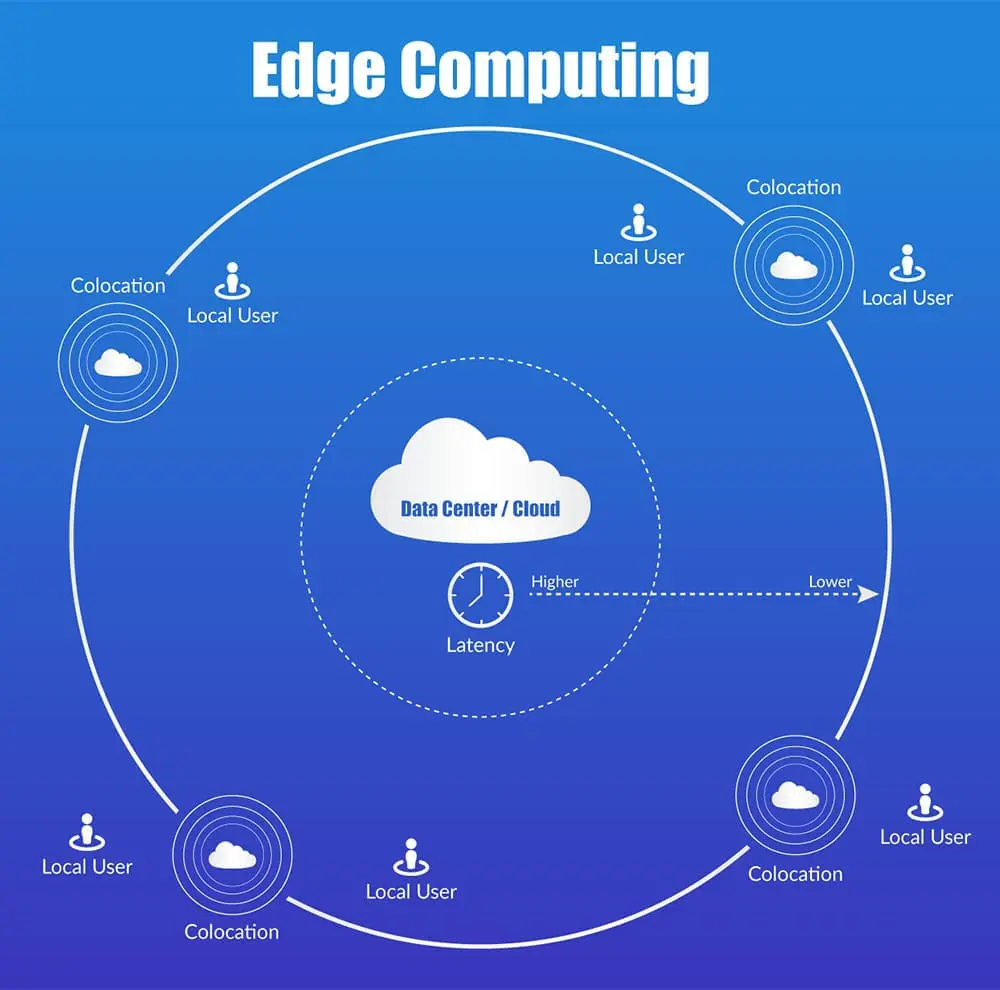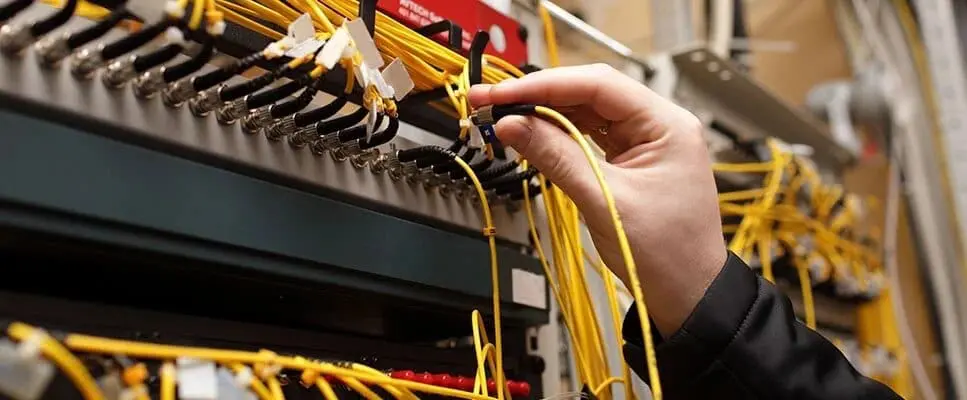When it comes to choosing a new home, a rule of thumb in the real estate market is that location is everything. The same can be said for the data center industry. As facilities that house billions of dollars in computing equipment and software, data centers are essentially residences for your company’s crucial information. So when creating a data center strategy, location is one of the most crucial considerations for reaching your business objectives.
Location Takes Center Stage
As technologies like automation and Data Center Infrastructure Management (DCIM) software are advancing, facilities are becoming less reliant on a centralized labor pool to drive data center operations. Instead, today’s data centers can function remotely with minimal intervention, allowing IT leaders more flexibility to take advantage of the benefits of a distributed data center approach. Data center strategies can be tuned to emphasize location(s) – generally more than one – as businesses realize that they don’t need to store their data in one, all-inclusive place, but can actually distribute it across strategic locations around the world, pushing their applications to what is known as “the edge.”
What Is the Edge?
As companies distribute their data centers to be physically closer to their consumers, they are effectively extending the reach of their network. This is also known as extending the edge – a term used to describe the periphery of a centralized network – usually close in proximity to the consumer rather than to the service provider. Colocation providers offer the opportunity to extend your business’s edge to the reach of local Internet Service Providers (ISPs) by accessing a direct circuit into their network. For example, if a specific area is comprised of mostly Comcast users, you would want to work with a colocation that enables your business to cache data locally and then peer directly with a Comcast network connection within the same facility.
The benefits of positioning your network edge in close proximity to ISPs translate into better service for your customers. For example, a Netflix user would experience smoother, faster, a higher quality video transmission given the proximity of the content to their location. This signifies a shift from traditional enterprise data centers, which are centralized and often located close to (if not directly within) a company.

Why Are Businesses Moving to the Edge?
Driven by an increase in digital services catering to users with multiple connected devices, businesses must evolve their data center architecture to ensure a good experience for their customers. So what do companies accomplish by shifting the frontier of service delivery to the edge and away from centralized locations?
- Being closer to end-user sites results in reduced transmission costs for businesses and improved quality of service for consumers.
- Decentralized computing mitigates the risk of a bottleneck effect when moving large amounts of data, translating into lower risk of latency and faster access for customers.
- Services that are virtualized directly through network access points, rather than transmitting via the Internet or a VPN connection, can easily scale up or down with a fluctuating user base, so that high traffic doesn’t compromise connectivity for users.
- Edge networks allow businesses to reach more consumers in more widespread markets.
- Edge computing creates the opportunity to take advantage of regional analytics and knowledge generation. For example, by having a distributed architecture, Netflix has the ability to capitalize on regional viewing trends by strategically caching customized content closer to the actual users. As a result, they are able to analyze the metadata in specific areas in order to make personalized suggestions for their users.
The expectations among consumers for reliable, customized service are rising, and along with them, so is the edge network market. Businesses are quickly realizing that migrating away from centralized data centers not only allows them more flexibility, but also enables them to provide better service to their users. But what else are businesses doing to evolve their data center strategy? Stay tuned for the next post in our Data Center Series to find out.




